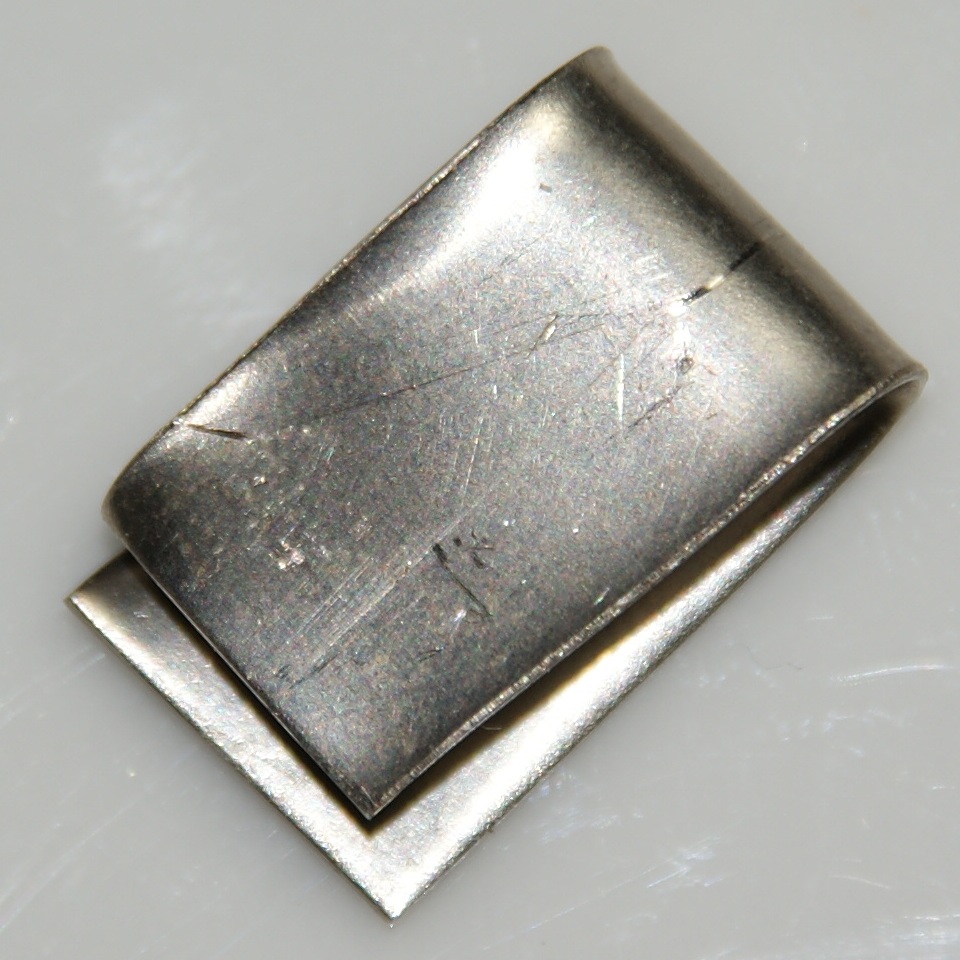Types of nickel plating and their benefits

Nickel is a hard, ductile transition metal. Silvery-white in colour and with excellent anti-corrosive properties, humans have been using nickel to their advantage for more than three millennia. Initially, it was frequently mistaken for silver. Nickel is used to plate a wide variety of objects including jewellery, fittings and machinery and is frequently used as an undercoat for more valuable top platings.
Why Nickel Plating?
Nickel is chosen to plate a range of metal and plastic products, and it offers many advantages to other plating choices. In comparison to silver or gold, it is an affordable choice and a tougher option compared to zinc or tin. It is used for both aesthetic purposes (such as jewellery or home fittings) and for its excellent protection from corrosion. Plating a thin layer of nickel can be done in a number of ways. More often than not, it is carried out in one of three leading processes, either bright or dull electroplating or via electroless plating. Each of these processes offer varying advantages.
Bright Nickel Plating
This is an aesthetic choice that results in a very bright and even finish. Perfect for making a product look good and when it needs to ‘pop’ out, it’s also ideal for plating items that have an uneven surface as it smooths over bumps and flaws. It is, however, lacking in the more protective nature and higher durability of other methods of nickel plating.
Electroless Nickel Plating
Unlike most other forms of nickel plating, electroless nickel coating does not require an electric current. It provides excellent coating to irregular shapes, getting to parts that other methods may struggle to reach. It also creates a durable, anti-corrosive finish. As a general rule, electroless nickel coating is the ideal choice for fittings such as door knobs, drive shafts, taps and circuit boards.
Dull Nickel Plating
Carried out in a similar way to bright nickel plating by using electrical currents, this method produces a matte finish. Unlike bright nickel plating, it is highly hard-wearing and also the most malleable choice, making it ideal for machinery parts. It is frequently used as an undercoat before applying gold or silver plating. It’s also the most common choice in vintage car mechanics.
Nickel plating is a great choice for a range of items, but choosing the right plating method is an important step of the process.



